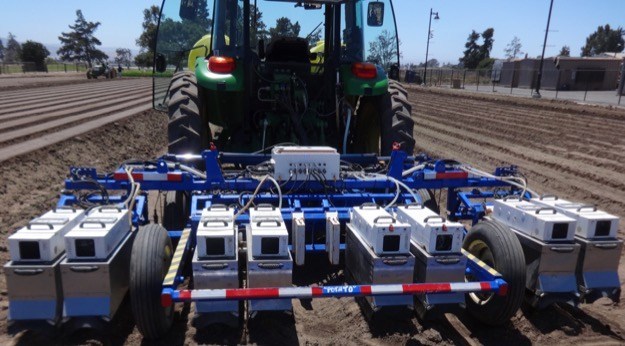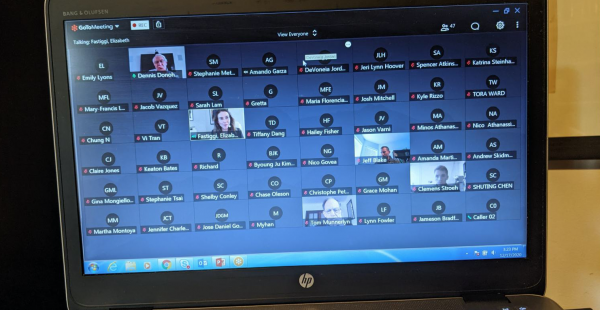Companies
Steve Blum’s Blog: Ag tech grows in an ecosystem of wireless connectivity

By Steve Blum
Tellus Venture Associates
December 31, 2020 — Monterey, CA
How to get connectivity in the field? If wireline connectivity is available, that’s wonderful, but it’s also rare.
Agriculture is increasingly dependent on bespoke agricultural technology applications and products, particularly in regions like the Salinas Valley where high value crops are grown. I’m often asked about where to find or how to get connectivity in the fields. The top line answer is: via wireless systems. If wireline connectivity is available, that’s wonderful, but it’s also rare.
So with due regard for the inevitable exceptions and hybrid technologies, there are five types of wireless providers to consider when speccing ag tech deployments. All have their particular use cases.
- Mobile carriers, which have the best measured and most thoroughly documented wireless service, including by independent evaluators, such as the California Public Utilities Commission. It’s important, but it’s only one type of competitor. One of its great advantages is the availability of mass market, handheld devices like smart phones and tablets. It’s also relatively cheap if megabit class bandwidth is required.
- IoT-specific platforms, like LoRa and Sigfox. In many ways, these are optimised for ag tech applications. The catch is that the infrastructure has to be built, either by a service provider or the end user. It faces competition from mobile IoT offerings, but has significant competitive advantages for ag tech, such as very low power usage, and low cost bandwidth which is optimised for periodic rather continuous connectivity.
- Traditional point to multipoint fixed wireless operators, aka WISPs. With AT&T and Frontier getting into this space, service quality might improve, but it’s still the wild west – you never know what you’re going to get, except it will be expensive bandwidth, relative to fixed wireline service, poorer quality and less consistent, and it will almost never be as good as the operators claim. It’s useful for small business and home use, but will not come anywhere near the service/QoS level of wireline. But for high value applications that have high bandwidth needs and are at a permanent location with electric power, it works.
- Point to point fixed providers. Sometimes local WISPs will offer this service via wireless, but the level of engineering expertise is often low. More professionally run companies will offer it via both wireless and wireline – you see a lot of that in the Salinas Valley – but it has to be an operation of sufficient scale in order for the cost to pencil out.
- User installed equipment that links back to wireline-based service. Could be anything, but think of it as WiFi in the field.
###
Tagged agtech, Steve Blum, Tellus Venture Associates








